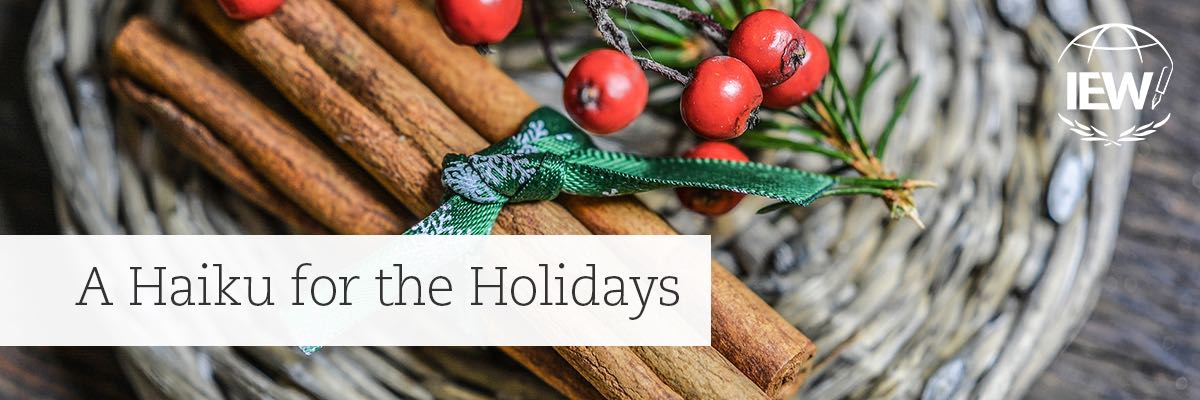
Sometimes it’s energizing to take a break from the regular routine to explore something new. One idea I have incorporated in the past with my students is to get them to explore writing a poem. A particularly fun form to attempt is the haiku.
 Haikus originated in Japan back in the seventeenth century (Luebering). They are brief three-line poems comprising seventeen syllables: five on the first line, seven on the second, and five on the third. The lines are unrhymed.
Haikus originated in Japan back in the seventeenth century (Luebering). They are brief three-line poems comprising seventeen syllables: five on the first line, seven on the second, and five on the third. The lines are unrhymed.
While haikus traditionally focus on nature, they don’t need to be limited to that idea. Having a theme to explore makes these poems especially engaging to write, for teachers as well as for students. Now that we are well established into November, it is a great time to explore the holidays or the season of the year. You could encourage your students to write a haiku about fall, Thanksgiving, snow, Christmas, Chanukah, winter, or any other seasonal element.
The poems can be serious and meditative, but they can also be playful and humorous. I came up with this one as I was going over our family’s traditional Thanksgiving dishes. My haiku reflects on my family’s and my favorite dish, sweet potato pie:
Sweet potato pie
Tawny taste that melts, delights—
I’ll diet later.
That’s all there is to it! Share the haiku structure with your students and see what they come up with. It’s a fabulous way for students to take note of syllables in words as well as practice their stylistic techniques, especially the quality adjective and strong verb. We would love to share some of your haikus. If you come up with any you’d like to contribute, send them to us at Blog@IEW.com.
Works Cited
Luebering, J.E., editor. “Haiku.” Encyclopædia Britannica, Encyclopædia Britannica, 2020,
www.britannica.com/art/haiku.
|
Jennifer Mauser has always loved reading and writing and received a B.A. in English from the University of Kansas in 1991. Once she and her husband had children, they decided to homeschool, and she put all her training to use in the home. In addition to homeschooling her children, Jennifer teaches IEW classes out of her home, coaches budding writers via email, and tutors students who struggle with dyslexia. |

